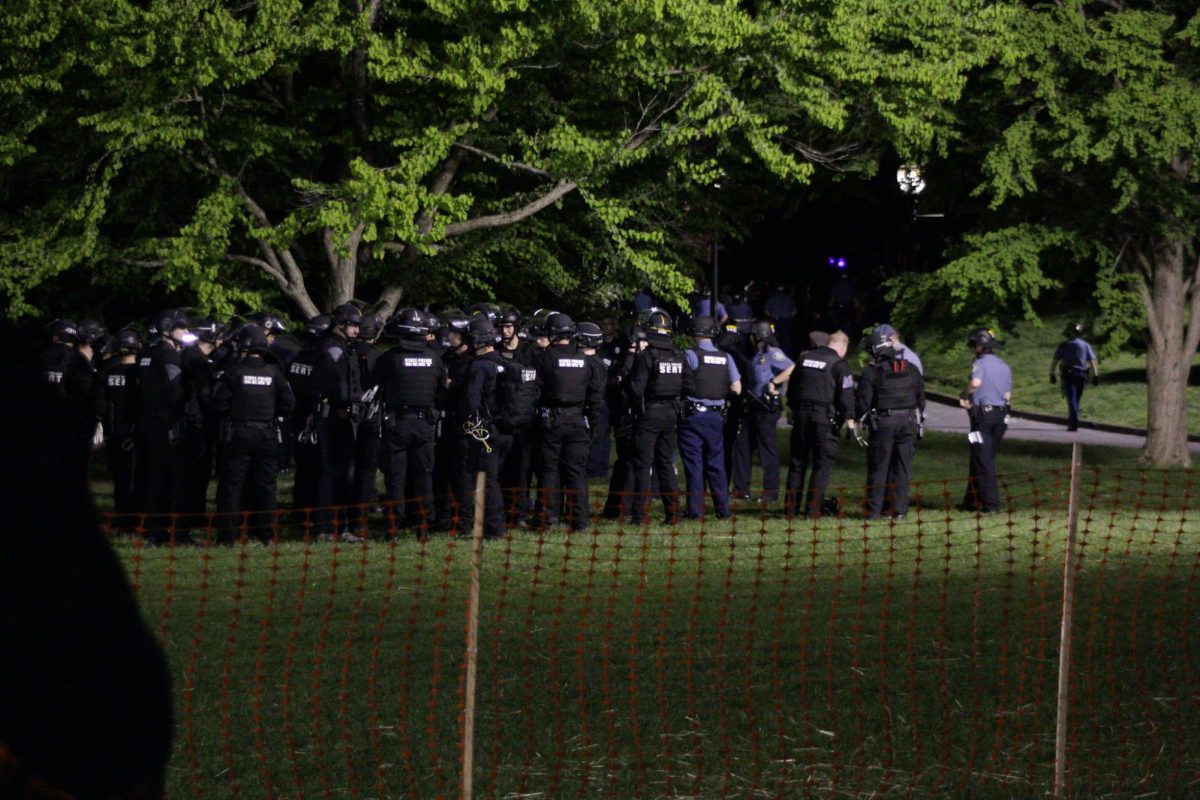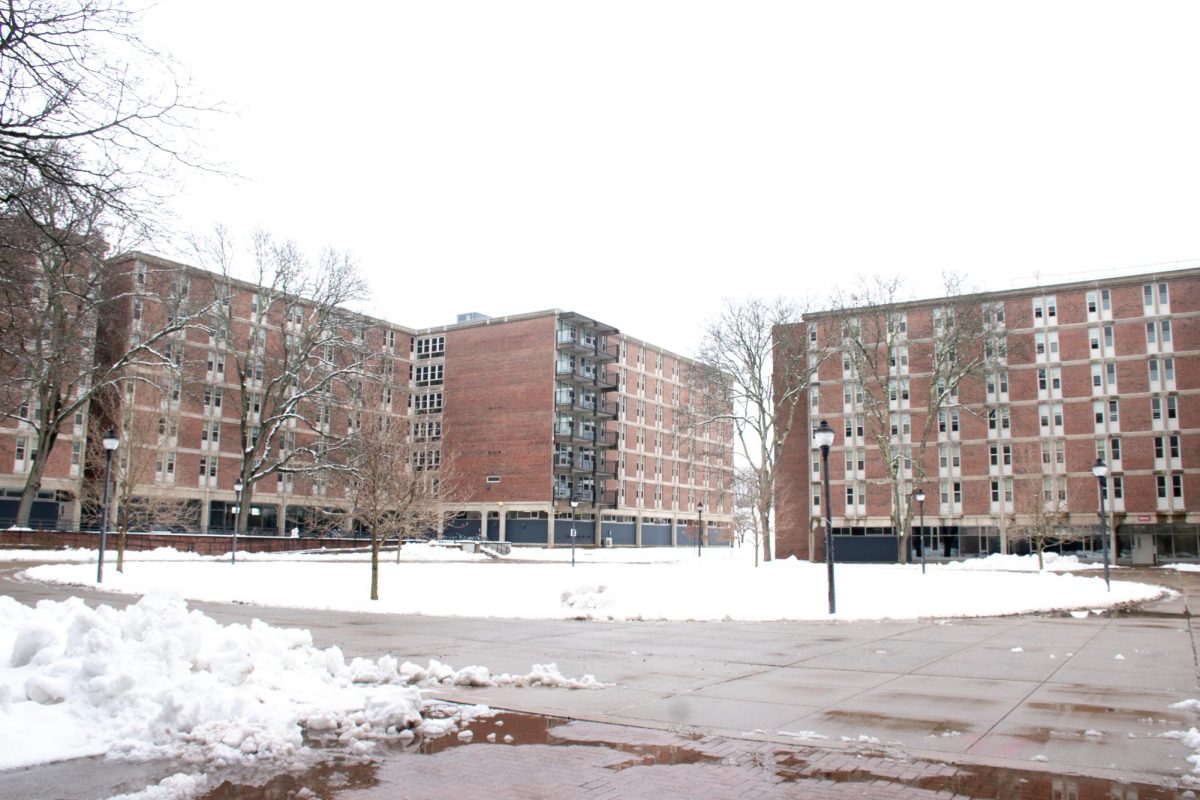It’s 9:15 p.m. and I’m turning into Lot 22 by Southwest. I drive to the back of the lot, knowing that the likelihood of there being open spaces near the entrance is very slim. I park in one of the last rows of the lot, grab my backpack, and start heading toward my suite in the Honors College.
As I’m walking, I begin to notice just how dark it is and how the nearest street lights barely give off enough light for me to see my own feet. I then find myself subconsciously searching for the nearest blue light phone, spotting two, each about 400 feet away from me with not a single police car in sight. I can’t help but feel uneasy knowing that if I were to be attacked, the bright blue specks glowing in the distance would not offer much help and I’d be left to rely on my Yellow Belt training.
While this hypothetical might seem unlikely, the possibility of being attacked in the back of a dark parking lot feels very real, and the probability of being able to outrun an attacker for 400 feet to call for help seems low. Especially as a 19-year-old female college student, I can’t help but feel threatened and unsafe at the very thought of this idea.
Over 115 “Help Phones” are stationed around the UMass Amherst campus. These yellow phone boxes topped with bright blue lights allow someone to contact the police in the event of an emergency by simply pushing a button. Even if the phone call was disconnected, an emergency dispatcher would be able to send help to the scene, as the Help Phones are associated with specific locations that police can track and locate – a service that wireless phones unfortunately do not have.
While most students carry their own cellphones and are capable of calling the police themselves, the blue lights provide an alternative in the event that students find themselves with a dead cellphone battery or no cellphone at all.
A new study by ADT Security Services has ranked UMass Amherst as the safest college campus in Massachusetts, and the 24th safest campus in the country. In an interview with WWLP 22 News, UMass senior Tom McGrail said the he feels safe at UMass, as “blue lights [are] set up all over campus.”
The blue light system could be an attractive security feature for prospective and current students and families, and when I was choosing a school I always felt a sense of comfort when I saw the blue light system in place on college tours. Not only do the blue lights guarantee that an emergency dispatcher will hear your call, but just the knowledge that help is nearby at any time of the day creates a greater sense of safety on campus.
Although some universities have taken down their blue light systems over the past couple of years, UMass should not only plan to keep them operating for many years to come, but also look into investing in more, starting with the parking areas around the Warren P. McGuirk Alumni Stadium where only three Help Phones currently reside. This is a scant number when compared to the 21 that are spread throughout the Southwest Residential Area.
Installing and maintaining these blue lights can be costly; However, it is ultimately the responsibility of the university to ensure that each and every student feels safe on campus, and I surely did not that night after parking my car. Whether the answer to this problem is increasing the number of Help Phones present at UMass Amherst, or having security patrol the parking lots and other areas on campus at all times of the day, there needs to be a change in how the university ensures the safety of each and every student.
24th in the country isn’t bad, but we can do better.
McKenna Premus is a Collegian contributor and can be found at [email protected]




















